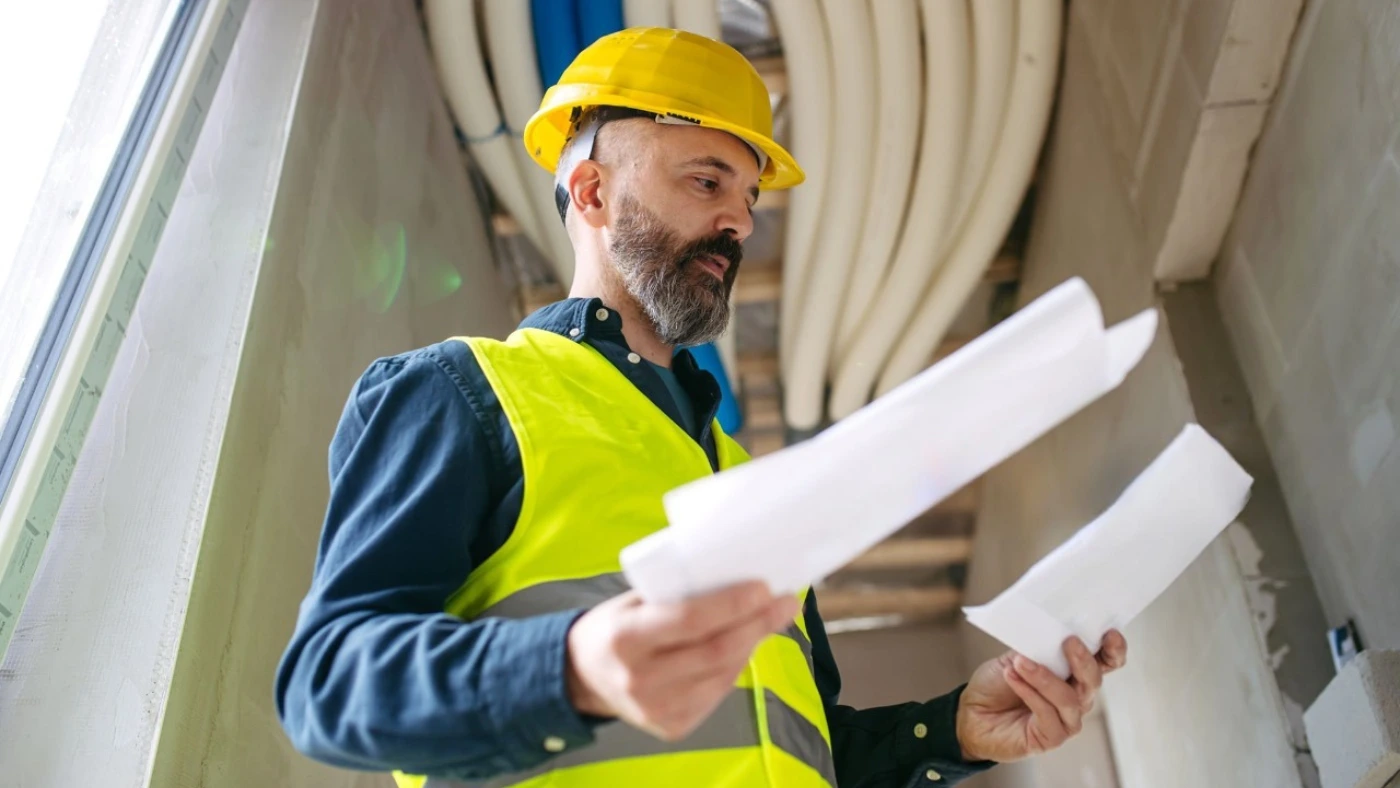
HVAC job costing tips to avoid underpricing services
Are there certain types of jobs where you’re consistently underpricing your HVAC services? How accurate are your estimates? These are the types of questions that you can answer by maintaining detailed job costing reports.
Job costing is the process of tracking your expenses and revenue — or profit and loss (P&L) — per job.
Why track the cost of each job
“The purpose of job costing individual projects is simple,” Al Schwartz writes for Contractor Mag. “Each job stands alone for either profit or loss. By doing it that way, the owner can see if his estimating and cost analysis is accurate, and he can fine-tune those areas to maximize profit across the board.”
Another important reason to regularly review actual job costs is cash flow. You can run quickly into trouble when you take a hit on a couple of big jobs and don’t have the money in the bank to cover payroll or supply costs.
In this piece, we’ll look at how HVAC contractors can more effectively track job costs and how to use job costing reports to adjust your pricing, assess the performance of your techs, and more.
What’s the actual cost of a job?
A typical job costing analysis consists of:
- Supplies used per job
- Labor costs, including any potential commissions
Tracking this information will give you your gross profit per job, but it’s important to remember that this is not the same as net profit. Because there are other bills to pay using the funds you get from each job — your overhead.
HVAC expert Ruth King explains: “When you include overhead in job costing, then you really know what net profit that job brought in the door.” She recommends knowing your “overhead cost per hour and net profit per hour for every job,” as well as pricing your services based on net profit.
Whenever you price a job, you should consider:
- Supply costs of the job
- Your mileage
- Overhead expenses
- Taxes
- Labor costs
- Desired net revenue
- Any discounts you’re offering
(Are you pricing correctly? Learn more about flat rate vs hourly pricing structures or more tips on pricing HVAC services.)
Look for Hidden Expenses
There can be hidden job expenses you forget to factor into your job costs as well:
- Mileage to and from the service call (and estimate if it was a separate visit).
- The sales tax and any shipping costs you paid for supplies and equipment used on the job.
- Any commissions you may pay for the job.
- One time expenses such as permits or equipment rentals.
These expenses add up and they’re easy to miss.
What to do with your job costing reports
Business owners or operations managers may keep track of job costs using something as simple as an Excel spreadsheet or use reports built into your accounting software like Quickbooks or HVAC estimating software like ours. (At the end of this article, we’ll look at how we help heating and air conditioning companies track job costs straight from the invoice).
When configuring a job costing report, also consider tracking:
- Time spent in transit, plus mileage expenses
- Time spent per tech on the job
- Type of job performed
Tracking this information will help you understand where your time and money is going. Does your dispatching team need to tighten up your schedule so that your techs are spending less time in between jobs? Are you consistently underestimating the time it takes to do install jobs and overestimating repairs? Are certain techs much much slower than others, and are you factoring that into your estimates?
The more data you track, the more information you have at your disposal to work with.
Here are the two primary actions you should be doing weekly or monthly with your job costing information.
1. Compare your actual job costs with your estimates
Per our research into over a million jobs, we found that one out of three estimates didn’t match the final invoice. And HVAC businesses were the most likely to go well over budget.
If you’re consistently underpricing yourself, you need to know exactly why.
To make sure you’re accurate in your estimates and pricing, take time weekly or monthly to compare your job costing report with your estimates. Look for trends like the types of jobs or equipment where things don’t go as planned.
Maybe your supplier changed their shipping rates and that ductwork you thought cost $400 actually cost $425. Or the new mini-split system you’ve been recommending takes twenty extra minutes to install. These details will add up over the course of a month.
2. Compare job costs per employee
Comparing the job costs per HVAC technician can help you:
- Set better commission rates
- Assign techs to jobs based on skill sets and estimated margin
- Set better time per job goals
- Be better at predicting monthly revenue
Especially if you’re offering flat-rate pricing, the different labor costs per tech and per job type are essential to track to make sure you’re priced correctly.
Learn more about optimizing your pricing strategy with HVAC flat rate pricing software, which can assist you in efficiently tracking and managing labor costs, ensuring you’re making informed decisions for your HVAC business.
[Related from our blog: Should you share your pricing with your employees? Read the opinions from other pros.]
Things Get More Complicated As You Grow
Larger service businesses, especially those in commercial HVAC and general construction industries may require a more complicated job costing report. Project managers will use a variety of key performance indicators (KPIs) to track the effectiveness of their bids and project management strategies.
How we can help
We recently released job costing and advanced reporting features that allow users to track job costs and make changes to your price list directly from an invoice. See a breakdown of profit/loss information on each invoice making it easy to track your margin.
Using Housecall Pro, you can also automatically turn work orders into invoices, send invoices on the job site using a mobile app, and more. Sign up for a free two-week trial to streamline your residential HVAC business from dispatching to invoicing and beyond.







